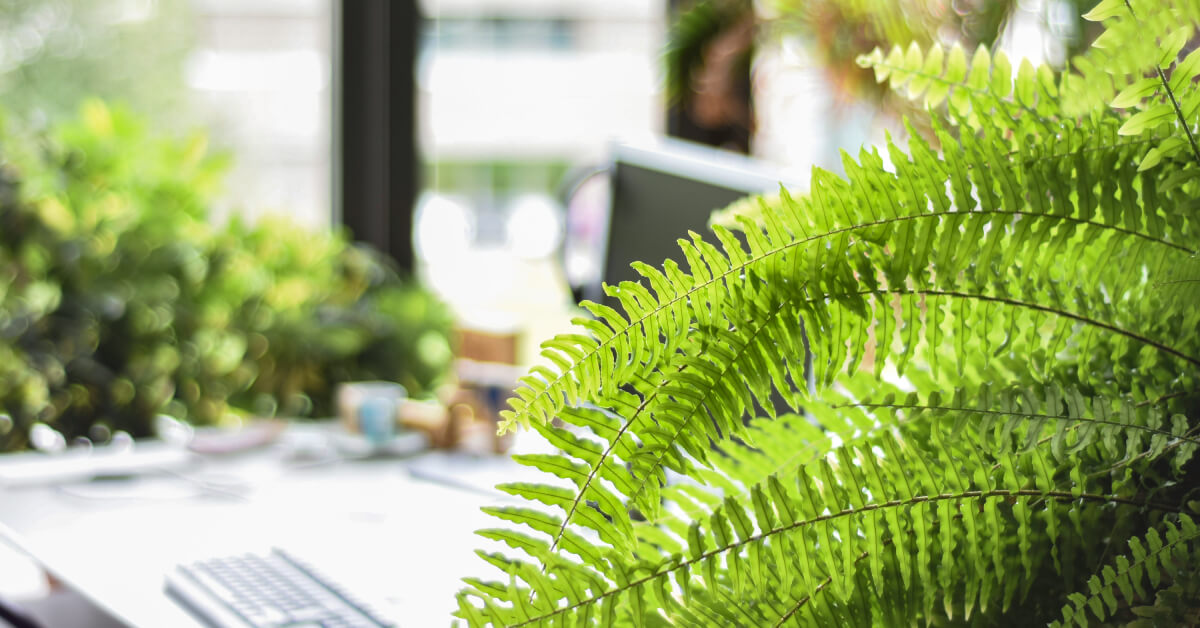Indoor air pollution is a growing concern, with everyday household items releasing harmful toxins like formaldehyde, benzene, and carbon monoxide. Poor ventilation, dust buildup, and synthetic materials trap pollutants inside, which can lead to allergies, headaches, and respiratory issues.
But there’s good news—certain houseplants act as natural air purifiers, absorbing harmful chemicals while releasing oxygen and improving humidity levels. Adding these plants to your home can help create a healthier living environment, improving the quality of the air you breathe.
How Do Plants Purify Air?
Plants purify air through a process called phytoremediation, where their leaves and roots absorb pollutants and convert them into harmless byproducts. NASA’s famous Clean Air Study found that specific plants can filter out airborne toxins effectively, improving indoor air quality.
The benefits of air-purifying plants go beyond just removing harmful chemicals—they also increase oxygen levels, reduce airborne dust and allergens, and boost humidity, which can alleviate dry skin and respiratory discomfort.
Best Air-Purifying Indoor Plants
Several indoor plants are well-known for their ability to purify the air. Here are some of the best options to help you create a healthier space:
Snake Plant is one of the best air-purifying plants, known for its ability to remove formaldehyde, benzene, and xylene. It thrives in low to bright, indirect light and requires minimal watering, making it a perfect plant for bedrooms since it also releases oxygen at night.
Peace Lily is another excellent option for filtering toxins like ammonia, formaldehyde, and benzene. It thrives in low to medium light and requires weekly watering. However, it’s important to note that Peace Lilies are toxic to pets if ingested, so they should be kept out of reach of animals.
Areca Palm is a natural humidifier, perfect for dry indoor environments. It removes toluene, xylene, and formaldehyde, thriving in bright, indirect light and requiring watering every 1-2 weeks. This palm also adds a tropical feel to your home while helping to purify the air.
Spider Plant is an easy-care, pet-friendly plant that removes carbon monoxide, formaldehyde, and xylene from the air. It thrives in low to bright, indirect light and needs watering once a week. Spider plants are also known for producing baby spider plants, which can be propagated.
Aloe Vera is not only an air purifier but also has healing properties for minor burns. It removes formaldehyde and benzene, thriving in bright, indirect to direct light, and only needs watering about once every three weeks. Aloe Vera is especially useful in kitchens for both its air-purifying abilities and its first-aid benefits.
Boston Fern is one of the best plants for increasing humidity and filtering out xylene and formaldehyde. It loves medium, indirect light and requires consistently moist soil, making it ideal for bathrooms due to its love for high humidity.
Rubber Plant is a hardy plant that absorbs airborne toxins like formaldehyde and carbon monoxide. It thrives in bright, indirect light and needs watering every 1-2 weeks. However, it’s important to remember that Rubber Plants are toxic to pets if chewed or ingested.
Dracaena is a striking plant that filters out benzene, formaldehyde, and trichloroethylene. It thrives in low to medium light and requires weekly watering. Like some of the other plants on this list, Dracaena is toxic to pets if ingested, so it’s important to keep it out of reach.
Golden Pothos is a trailing vine that removes formaldehyde, benzene, and carbon monoxide from the air. It grows well in low to bright, indirect light and needs watering once a week. Golden Pothos is easy to propagate, and its vines make it an excellent choice for hanging baskets or trailing from shelves.
Bamboo Palm is a tall, elegant plant that thrives in medium to bright, indirect light and removes formaldehyde and carbon monoxide from the air. It needs watering every 1-2 weeks and is non-toxic to pets, making it an excellent choice for pet-friendly homes.
How to Maximize the Air-Purifying Benefits of Plants
To get the most out of your air-purifying plants, there are a few key steps you can take to ensure they are working at their best:
Increase the Number of Plants: While one plant can help purify the air, NASA recommends at least 1 plant per 100 square feet for the best results. More plants will improve the overall air quality of your space.
Keep Plants Clean: Dust can accumulate on leaves and block the plant’s ability to absorb toxins. Wipe leaves with a damp cloth every few weeks to ensure they remain effective at purifying the air.
Place Plants Strategically: Place air-purifying plants in high-traffic areas like living rooms, kitchens, and offices where pollutants are more likely to accumulate.
Choose Larger Plants for Better Filtration: Larger plants with more leaf surface area are better at absorbing toxins and improving air quality. Consider adding larger plants like Areca Palm or Rubber Plant to maximize their air-purifying abilities.
Breathe Easier with Air-Purifying Plants
Adding air-purifying plants to your home is an easy and natural way to improve your indoor air quality. These plants don’t just filter harmful toxins—they also increase oxygen levels, enhance overall well-being, and boost humidity to create a healthier environment.

